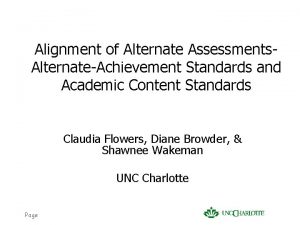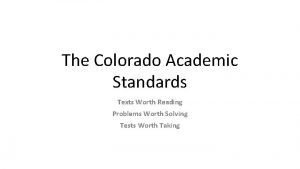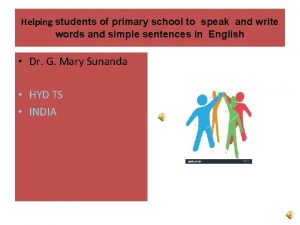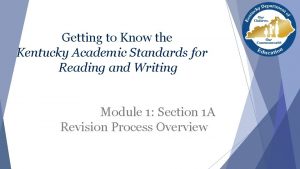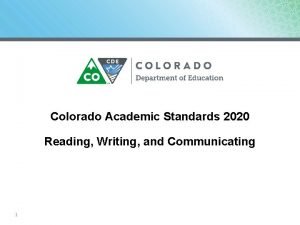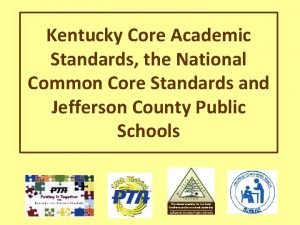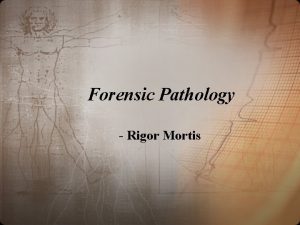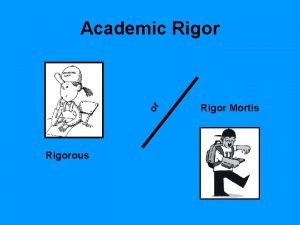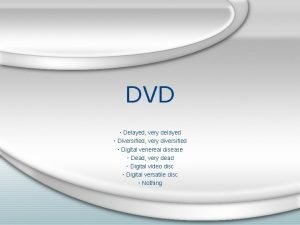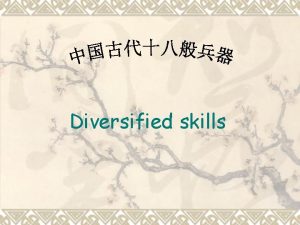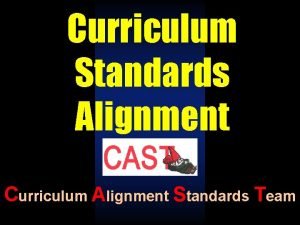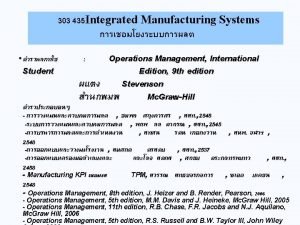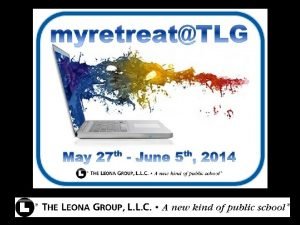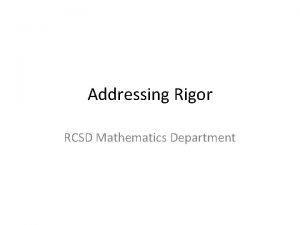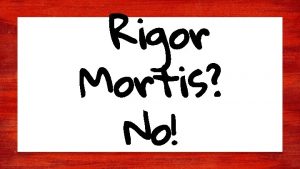Organizing Center Diversified Assessments Academic Rigor Standards Alignment














- Slides: 14

Organizing Center Diversified Assessments Academic Rigor Standards Alignment Quality Curriculum Engagement, Essential and Guiding Questions Performance Criteria Meaningfulness, Relevance Reflective Questions/ Metacognition

September What does it mean to learn? October Who am I? November How am I unique? December What does it mean to observe? English Language Arts Reading Procedures Author Study: Kevin Henkes What do I do in school? What do I do when I listen to a story? Why? Nursery Rhymes Social Interaction Who am I as a reader? What do I notice about words? Reader Response What do I write in school? Reader Response How do I communicate what I know? Mathematics Sorting & Classifying Position & Location How is everyone similar/different? Position & Location Patterns Zero to Five How are things alike/different? Are all patterns the same? Zero to Five (cont’d) Six to Ten Can I recognize, count, and write numbers? Social Studies All About Me Community How are we similar/different? Who is the school community? Developing Self-Awareness What makes me special? Values, Traditions, and Customs What are my traditions and customs? How are they similar to/different from others? Science Senses (All About Me) How are things similar/different? Senses Fall What can I see, touch, taste, smell, hear? What changes? Senses Fall What do I Iike? Dislike? What changes? How does it change? BEST Writing Respect and Courtesy How do you respect yourself and others? Responsibility How am I responsible? Fiction/Non-Fiction How can I tell the difference between fiction and non-fiction? Fairy Tales Author Study: Jane Brett How do you make predictions? What does a writer do? Non-Fiction Who am I as a non-fiction writer? Caring and Sharing How do I take care of myself? Comparing Numbers Are all numbers the same? different? Values, Traditions Customs Needs and Wants How do I celebrate the holidays? What is the difference between a need and want? Winter What is the weather like in winter? Caring and Sharing How can I share with others?

How do you use the common core standards to design curriculum?

Standards-Based Design Template �Step One: What do students need to know and be able to do? �Step Two: Design an engaging and meaningful task that can measure the learning targets. �Step Three: Identify supporting lessons.

Essential Question: How do we express ourselves? Guiding Questions: �How are stories used to express ourselves? �What stories do you have to tell? �How can you tell a story? �What are some other ways to express yourself? �How can you use music to express yourself? I express myself through music

Step One: What do students need to know and be able to do? Writing �W. K. 3 Use a combination of drawing, dictating, and writing to narrate a single event or several loosely linked events, tell about the events in the order in which they occurred, and provide a reaction to what happened. Speaking �SL. K. 4 Describe familiar people, places, things, and events and, with prompting and support, provide additional detail. �SL. K. 5 Add drawings or other visual displays to descriptions as desired to provide additional detail. �SL. K. 6 Speak audibly and express thoughts, feelings, and ideas clearly.

Essential Question: How do we express ourselves? W. 4. 3. Write narratives to develop real or imagined experiences or events using effective technique, descriptive details, and clear event sequences. a. Orient the reader by establishing a situation and introducing a narrator and/or characters; organize an event sequence that unfolds naturally. b. Use dialogue and description to develop experiences and events or show the responses of characters to situations. c. Use a variety of transitional words and phrases to manage the sequence of events. d. Use concrete words and phrases and sensory details to convey experiences and events precisely. e. Provide a conclusion that follows from the narrated experiences or events W. 4. 7 Conduct short research projects that build knowledge through investigation of different aspects of a topic. W. 4. 8 Recall relevant information from experiences or gather relevant information from print and digital sources; take notes and categorize information, and provide a list of sources. W. 4. 9 Draw evidence from literary or informational texts to support analysis, reflection, and research. Guiding Questions: What are the different ways people express themselves? How do these forms of expressions similar to/different from each other? How do the forms of expression reflect the events of the time?

Step Two: Design an engaging and meaningful task that can measure the learning targets. Students express themselves by sharing their own personal stories through print, pictures and presentations. Students explore music as another way of expressing yourself.

How do people express their thoughts, feelings and ideas about the events happening around them? In this unit students examine how people living during colonial times and the American Revolution expressed themselves. They create their own story, music, art or technology in which they share their thoughts, ideas and/or feelings about an issue in our world today They present their original pieces and explain how this form of expression is similar to/different from the past.

Step Three: Identify supporting lessons. �The teacher reads When I was Little by Jamie Lee Curtis. �The teacher rereads one page of the story and shares her own related story. �The students share stories from when they were little with a partner. �The students draw pictures of when they were little.

Step Three: Identify supporting lessons. These lessons assist students in understanding the content and processes within the unit and identified by the learning targets. Students log and annotate the different ways in which they notice how people express themselves during one day; student share and compare their data in small groups. Students learn about the events of the American Revolution through the study of how people expressed themselves during that time period. Students explore current events to identify major issues affecting the world today. They choose and analyze three different ways in which people have expressed themselves about one of the issues that have been identified. Students choose an issue that is important to them and use one of the methods they have studied to express their thoughts and opinions.

Starting Point: Mini-Gap Analysis √√ taught and assessed √ taught or addressed * neither taught or assessed 6. NS. 5 Understand that positive and negative numbers are used together to describe quantities having opposite directions or values (e. g. , temperature above/below zero, elevation above/below sea level, credits/debits, positive/negative electric charge); use positive and negative numbers to represent quantities in real-world contexts, explaining the meaning of 0 in each situation. √

Starting Point: Task Analysis Students read a series of folktales. While reading they identify the literary elements in each story on a chart. Students use their charts to determine what makes folktales unique. Students then choose one folktale and conduct research in order to write an essay that provides the scientific explanation for the folktale. � W. SST. 6/8. 7 Conduct short research projects to answer a question (including a selfgenerated question), drawing on several sources and generating additional related, focused questions that allow for multiple avenues of exploration.

How do you measure student understanding in relation to the common core standards?
 Global alignment vs local alignment
Global alignment vs local alignment Global alignment vs local alignment
Global alignment vs local alignment Global alignment vs local alignment
Global alignment vs local alignment Global alignment
Global alignment Global alignment vs local alignment
Global alignment vs local alignment Alternate standards alignment
Alternate standards alignment Academic standards meaning
Academic standards meaning Pascc
Pascc Academic standards meaning
Academic standards meaning Kentucky writing standards
Kentucky writing standards World language standards indiana
World language standards indiana Colorado reading standards 2020
Colorado reading standards 2020 Common core standards ky
Common core standards ky Nacada core competencies
Nacada core competencies Scoliometer
Scoliometer





